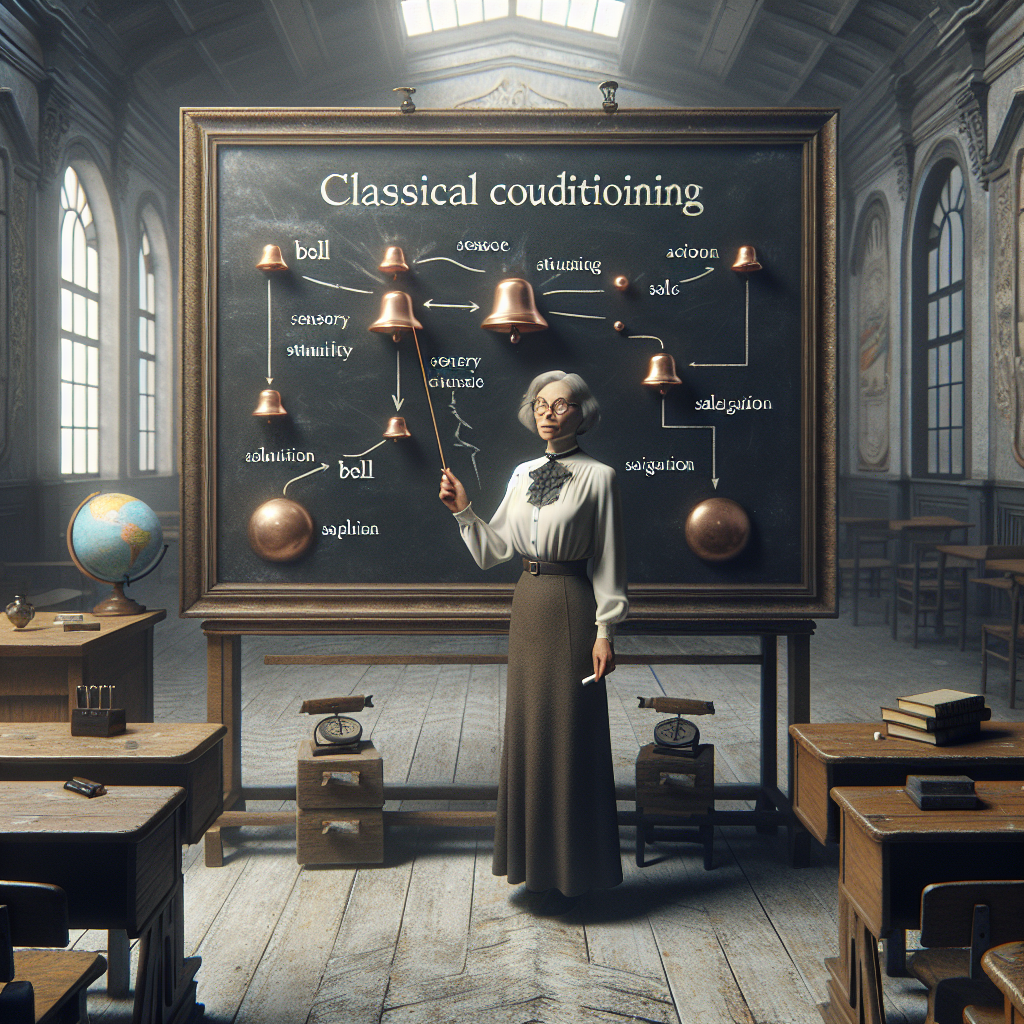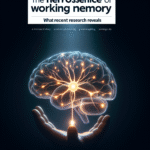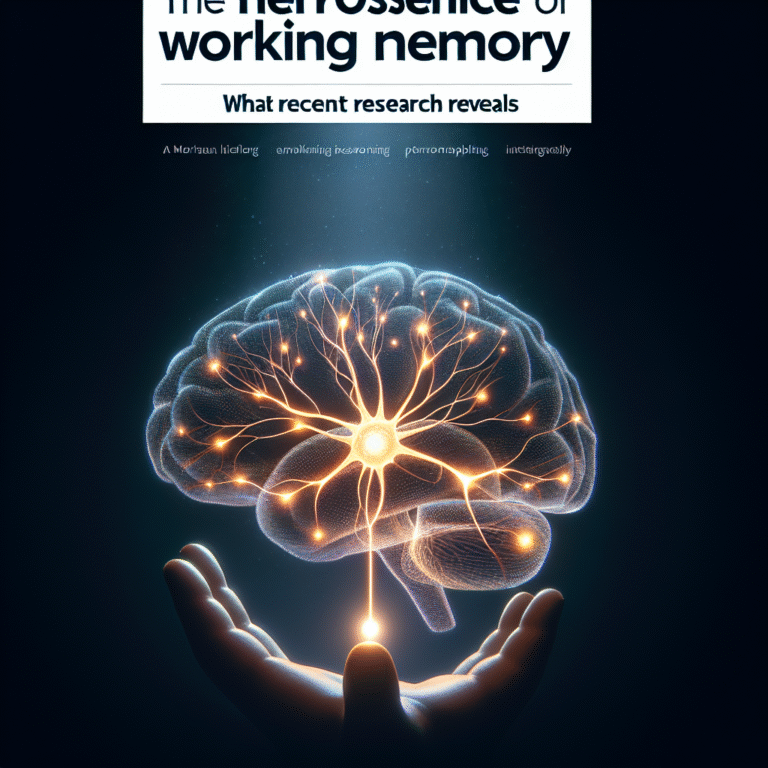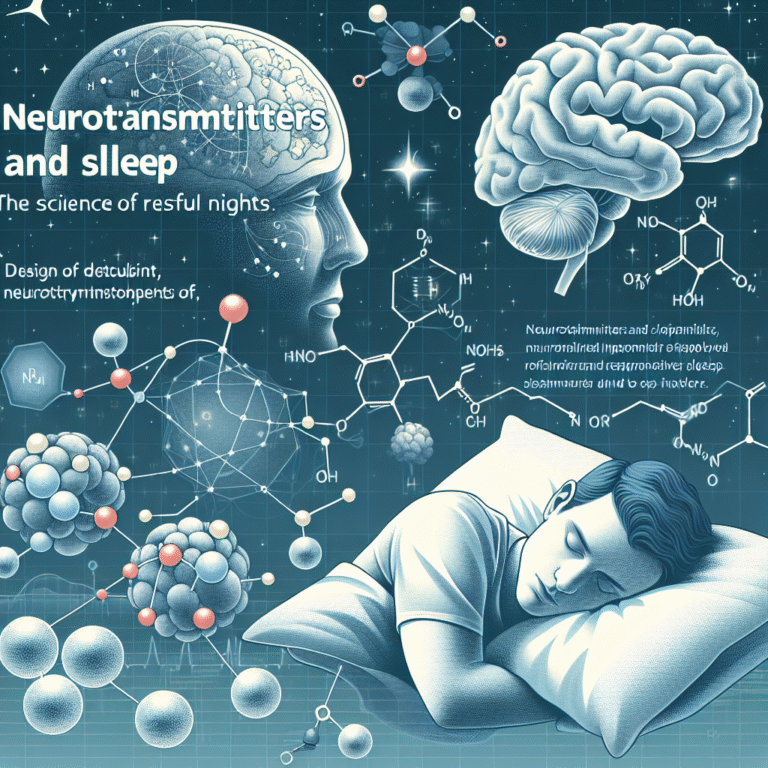
Introduction
Imagine walking into a kitchen and instinctively feeling hungry at the mere whiff of freshly baked cookies. This reaction isn’t purely instinctual; it’s a learned behavior rooted in the principles of classical conditioning. Understanding classical conditioning is essential for grasping how our minds forge connections between stimuli and responses, shaping our everyday behaviors and emotional reactions. In this article, we will delve deep into the world of classical conditioning, exploring its mechanisms, real-world applications, and profound implications for our lives.
What is Classical Conditioning?
The Basics of Learning Through Associations
Classical conditioning is a learning process that occurs through associations between an environmental stimulus and a naturally occurring stimulus. The concept was first pioneered by Ivan Pavlov, a Russian physiologist, who observed that dogs would salivate not just at the sight of food but also at the sound of a bell that had previously been paired with the presentation of food.
Key Components of Classical Conditioning
To fully grasp classical conditioning explained, it’s vital to understand its primary components:
- Unconditioned Stimulus (US): A stimulus that naturally elicits a response without any prior learning (e.g., food).
- Unconditioned Response (UR): The natural reaction to the unconditioned stimulus (e.g., salivation when food is presented).
- Conditioned Stimulus (CS): A previously neutral stimulus that, after being paired with the unconditioned stimulus, begins to elicit a conditioned response (e.g., the bell).
- Conditioned Response (CR): The learned response to the conditioned stimulus (e.g., salivation when hearing the bell).
The Process
- Acquisition: The initial stage of learning when an association between a neutral stimulus and an unconditioned stimulus is formed.
- Extinction: The gradual weakening of the conditioned response when the conditioned stimulus is presented without the unconditioned stimulus.
- Spontaneous Recovery: The reappearance of the conditioned response after a pause.
Understanding these components is crucial for appreciating how our minds learn through associations and why certain conditions can evoke strong emotional responses.
Real-World Applications of Classical Conditioning
Classical conditioning isn’t limited to laboratories; its principles are applicable in various aspects of everyday life, from education to therapy.
Case Study 1: Advertising and Brand Loyalty
Analysis: Advertisements often employ classical conditioning to build brand loyalty. A study demonstrated that pairing images of happy families or attractive individuals with products led to positive associations with those brands. Over time, consumers began to experience happiness (the conditioned response) upon seeing the brand’s logo, even without the influencing stimuli of the advertisement.
Case Study 2: Phobias and Anxiety Disorders
Analysis: In cases where individuals develop phobias, classical conditioning plays a significant role. For instance, someone who experiences a traumatic event with a specific animal (unconditioned stimulus) may begin to fear it (conditioned response) due to the association formed between the animal and trauma. Exposure therapies often aim to break these associations.
Table: Classical Conditioning in Advertising
| Advertisement Type | Unconditioned Stimulus | Conditioned Stimulus | Conditioned Response |
|---|---|---|---|
| Beverage ads | Thirst | Logo of the product | Desire to drink |
| Car ads | Adventure | Car model | Aspirational feeling |
| Food ads | Hunger | Food product | Increased appetite |
The Science Behind Classical Conditioning
Neurobiological Insights
Research into classical conditioning reveals that certain neural pathways are activated during the learning process. The amygdala and hippocampus, crucial for emotional memory, play key roles in forming these associations. Understanding the biological underpinnings of classical conditioning can help us utilize this knowledge in various therapeutic settings.
Cognitive Perspective
While traditional views focus on behavioral responses, cognitive psychology adds another layer. It posits that our thoughts and interpretations of stimuli will mediate responses, suggesting that awareness and mental processes also influence classical conditioning.
Implications for Education and Learning
Enhancing Learning Outcomes
Educators can leverage classical conditioning to enhance student learning. For example, pairing a challenging concept (conditioned stimulus) with positive reinforcement (unconditioned stimulus) can lead to a more positive learning experience and increased student engagement.
Case Study 3: Classroom Management
Analysis: Teachers often use praise (unconditioned stimulus) to reinforce positive behavior (unconditioned response). Over time, students learn to associate specific classroom cues (conditioned stimulus) with the positive reinforcement, encouraging a productive learning environment.
Overcoming Negative Associations
Utilizing Classical Conditioning for Therapy
Therapeutic interventions often employ classical conditioning principles to modify negative associations. Techniques such as systematic desensitization aim to gradually expose individuals to feared stimuli while pairing them with relaxation strategies.
Case Study 4: Aversion Therapy
Analysis: In aversion therapy, individuals attempting to quit smoking might associate the unpleasant taste of a specific substance (conditioned stimulus) with smoking (unconditioned stimulus). This method aims to create a negative conditioned response toward smoking.
Conclusion
Classical conditioning explained reveals the intricacies of how our minds learn and adapt through associations. From the advertising that targets our subconscious to the therapeutic techniques that help us overcome fears, the principles of classical conditioning permeate our lives in both beneficial and challenging ways. Recognizing the power of these associations empowers us to harness their potential, enhance learning, and promote positive changes in behavior.
As you reflect on your experiences, consider how many of your automatic responses were shaped by classical conditioning. With this knowledge, you can actively work to rewire your associations to foster a more fulfilling and positive life.
FAQs
What is an example of classical conditioning in everyday life?
One common example is the experience of feeling hungry at the sound of a dinner bell, which is a conditioned response linked to past experiences of eating.
Can classical conditioning be reversed?
Yes, classical conditioning can be reversed through a process called extinction, where the conditioned stimulus is presented without the unconditioned stimulus, gradually weakening the conditioned response.
How is classical conditioning used in therapy?
Therapeutic techniques like systematic desensitization utilize classical conditioning to help individuals confront and reduce their fears by changing their associations with the feared objects or situations.
Is classical conditioning the only method of learning?
No, while classical conditioning explains a significant form of learning, operant conditioning and social learning theory also play crucial roles in how behaviors are acquired and modified.
How can I apply classical conditioning in my personal life?
You can apply classical conditioning by consciously pairing positive experiences or rewards with tasks you find challenging, thereby reshaping your emotional responses to those tasks.
By thoroughly exploring classical conditioning explained and its myriad effects on our lives, you gain valuable insights into the workings of your mind. So, the next time you feel an emotional reaction, take a moment to consider the hidden associations at play. Understanding these connections can empower you to shape your experiences and create a more positive mindset.
















